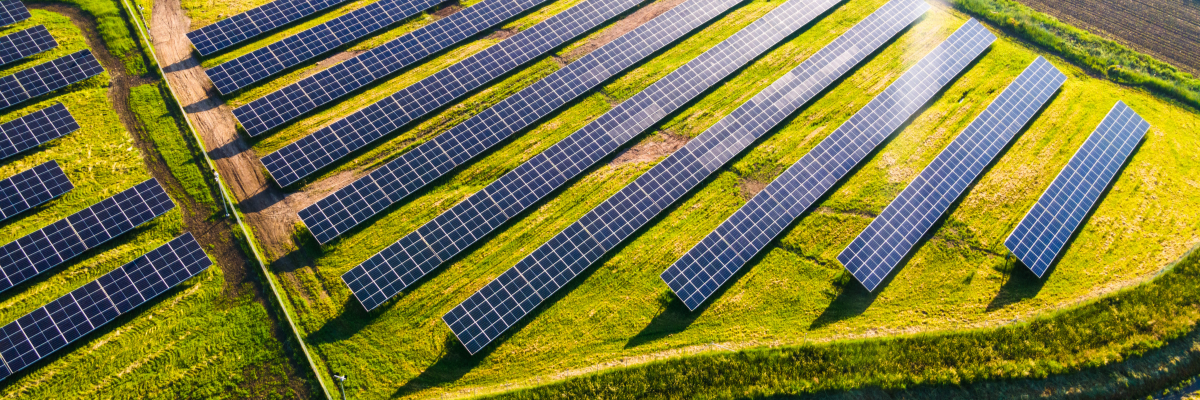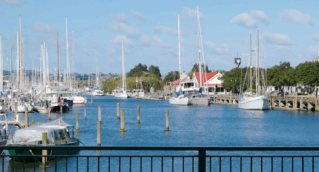13 December 2023
Why is solar energy important for New Zealand’s future?

As the world grapples with the pressing issue of climate change, Aotearoa has set its sights on achieving complete reliance on renewable energy for electricity generation within the next decade. In this pursuit, McKay Renewables Project Manager, Mathew Smith shares his thoughts on how solar energy will play an instrumental role in bridging the gap towards this target.
Our country is rapidly moving toward decarbonising electricity generation, the electrification of vehicles, and industrial heat, and to meet demand additional sources of electricity will need to be harnessed. Aotearoa has committed to the ambitious goal of 100% renewable electricity by 2030, and to achieve this we are forecast to require over 10.5TWH of additional renewable generation.
Decarbonising electricity generation in New Zealand requires the use of many technologies. All of these could help us to achieve this goal, but if we rely on only one technology, this will not provide the resilient and robust energy system we need to take us into the future. Like any kind of system, to get the greatest redundancy and protection from common failures, there are multiple factors to consider, including technology and geolocation of generation.
One of these technologies is Solar.
Solar fills a critical gap in the development market for new build generation assets, as it can provide literal megawatts of generation at a far cheaper price point than alternatives such as geothermal, and wind generation.
As noted, solar is only one technology, and on its own, it doesn’t fill all gaps. However, when a designer or developer takes a grid scale solar farm, and combines it with an onsite energy storage system, you can get the best of both worlds. A cheap-to-build generation method, with energy stored for when we most need it. The economics of energy storage can stack up as well, with rapid return on investment and a market position that allows the excess solar energy from the middle of the day to be stored for when it is needed.
Feeding into this value proposition, solar panels as a technology have decreased greatly in the same period, with the cost of these becoming attainable at all entry levels in the market. This low cost can be combined with the lower construction burden associated with a large-scale solar farm and the streamlined process around its construction. The projects are inherently more simplistic than wind or geothermal technologies and take a lot less time to develop. They have some upsides as well, including the ability to continue to use the land for farming, and having limited ecological and environmental impacts, especially when the land is already industrialised, or used as farmland.
Across the last 10 years, the total installed capacity for solar generation within Aotearoa has increased by a whopping 4200%! The total installed capacity reached 270MW in 2023, and we are seeing widespread adoption of solar energy across all market areas from domestic installations on your roof to larger installations for commercial buildings and onto the large ground mount arrays. In the last three years, the capacity has tripled, and with projects such as Kowhai Park, and the Ruakākā Solar Farm in development, it is safe to say that the future is bright in this space.
It is safe to say that McKay has been at the forefront of this, within both a development and a construction function. We have demonstrated our ability in the design, and build, and soon will also show our capabilities to maintain and extract the best from already built solar installations.



